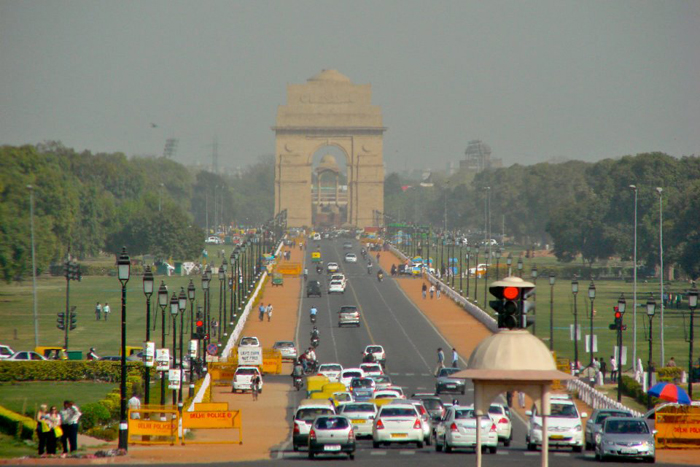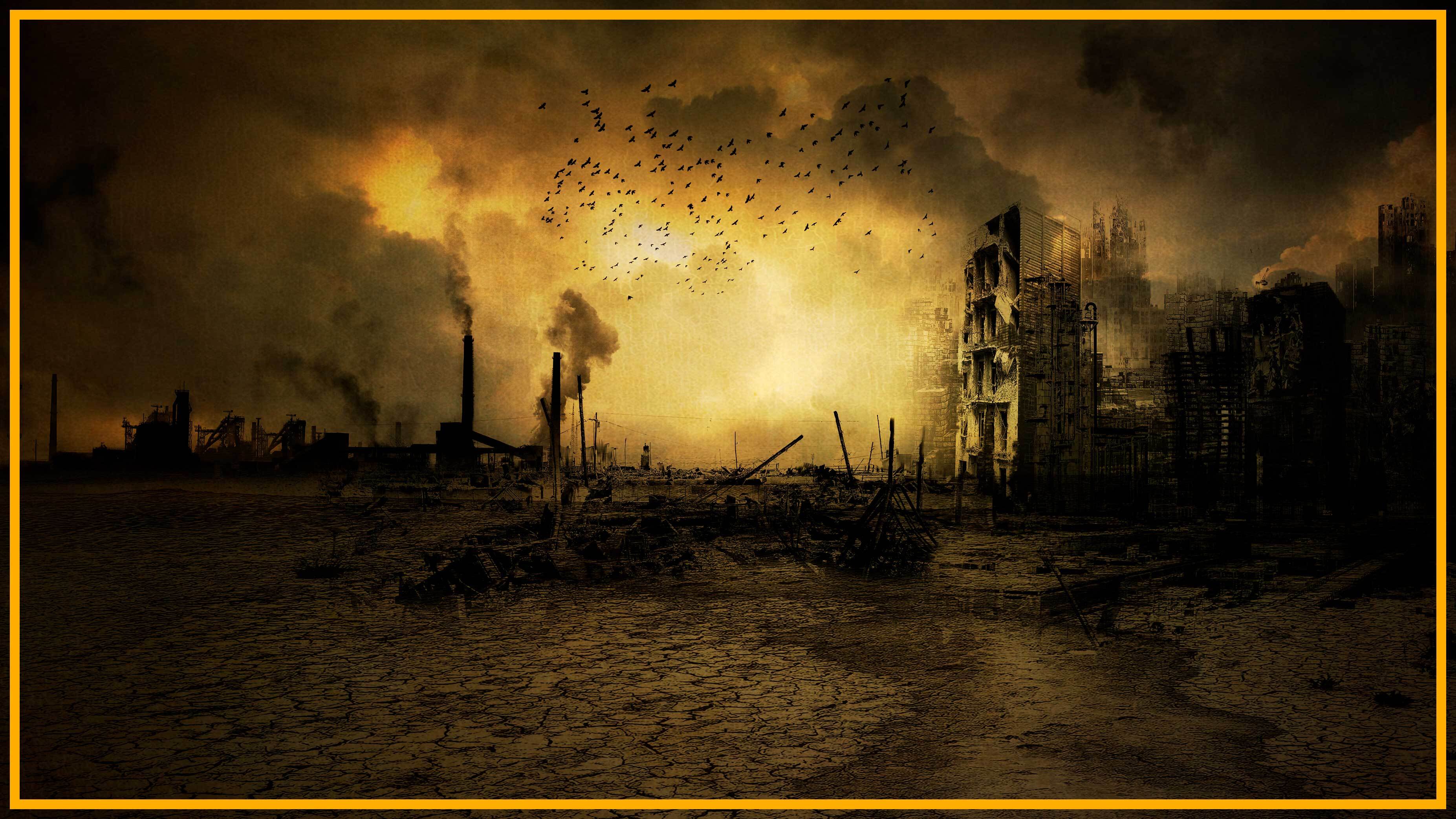
How Can India Defeat its Debilitating Smog? (Op-Ed)

Anjali Jaiswal, director of the NRDC India Initiative, and Meredith Connolly, NRDC Energy Law and Policy Fellow, contributed this article to LiveScience's Expert Voices: Op-Ed & Insights.
Last week as I was driving through Delhi, dense clouds obscured the roads, making me feel almost like I was home in foggy San Francisco. Traffic nearly came to a standstill as visibility fell so low that my colleague and I could barely see the vehicles just a few car lengths ahead. Much like in the Bay Area, folks were going about their business as if this was a common occurrence. The difference, of course, is that the streets of Delhi are blanketed not in fog, but in dangerous particulate-filled smog. In fact, the capital city's air has been called "among the world's worst" by the New York Times.
The combination of rapid urbanization, a high density of cars and industrial emissions, and other environmental factors have made the smog in Delhi worse even than Beijing. However, despite India slipping down to a staggering rank of 155 in the global Environmental Performance Index this year, on-the-ground awareness of how bad the air truly is remains low overall. While the thick smog is hard to miss, widespread information linking environmental impacts from pollution to health effects is currently lacking in India. Many Delhi residents are unaware of the growing body of scientific evidence that shows direct links between increasing automobile use and emissions of harmful PM2.5 emissions — the kind of particulate matter (PM) that is so small that it can enter the human bloodstream. The question is, will the international spotlight on the country's air pollution shine through the smog to spark action?
Despite low awareness, the serious health effects of Delhi's poor environmental quality are harder to ignore. The dangerous air pollution threatens a literal chokehold on the population as asthma and other respiratory ailments affect two in five Delhi residents, according to the International Harvard Review.
But as communities throughout the country can attest, harmful particulates in the air are not just Delhi's problem — air pollution is the sixth biggest killer across India, according to the Lancet Global Health Burden of Disease report. Finding cleaner ways forward, including shifting to energy sources that pollute less than fossil fuels, is key to improving India's air, water and environment, as well as combating the global problem of climate change.

Although more than half of India's electricity currently comes from coal, domestic sources are depleting and the country has to rely more and more on imports as energy demand increases. Dependence on foreign fossil fuels makes bad economic sense and compromises energy security, in addition to polluting the air and emitting carbon dioxide into the atmosphere. Moreover, the diesel back-up generators many Indians rely on to keep the lights on during regular power cuts also spew harmful sulphur and particulate matter into the air.
Renewable energy sources can power India's future, offering the country a cleaner, more sustainable way to supply its communities' growing energy needs. Energy-efficient buildings across India's cities are beginning tocut energy demand dramatically, also reducing the need for polluting diesel back-up generation. The state of Andhra Pradeshand its booming city of Hyderabad, recognizedthese benefits and locked-in enormous energy savings by adopting an Energy Conservation Building Code for its commercial and high-rise residential buildings this week.
The Ministry of New and Renewable Energy (MNRE) recently reported that India added more than 1 gigawatt (GW) of solar energy to its grid last year, nearly doubling the country's cumulative solar capacity to 2.18 GW. The growing thirst for solar energy was highlighted again this month by the Indian National Solar Mission's successful bidding process for its first batch of Phase 2 projects. Bids for projects between 10-100 megawatts (MW) in size were more than three times oversubscribed by solar developers for the 750 MW of available photovoltaic capacity. In order for the Solar Mission to meet its ambitious target of 20 GW of solar energy by 2022, this second phase is essential for scaling-up solar installations across the country.

This high level of interest is an encouraging sign that the still nascent solar market is maturing and expanding during this critical time. NRDC's India initiative and our partner, the Council on Energy, Environment and Water (CEEW), are working with MNRE, developers and financiers to support the growing solar market both on the economic policy front and in overcoming financing barriers.
Additionally, MNRE announced plans this month to launch a National Wind Mission in 2014, breathing new life into the wind sector. Although India is the fifth largest wind producer globally and has a high potential for wind energy, new incentives are needed to continue encouraging new investment. With MNRE in a "facilitator" role, this National Wind Mission is expected to reintroduce accelerated depreciation (a valuable tax benefit that reduces current taxable income), strengthen grid infrastructure, ease land issues and regulate tariffs.
Much remains to be done to mitigate the severe air pollution across India's cities and rural areas. Raising awareness of the often-fatal health impacts of poor air-quality and ways the country can move towards a cleaner future — including through greener transportation fleets, energy efficient buildings and clean energy — are necessary to spark action on all levels. By prioritizing less polluting, renewable energy sources domestically, including wind and solar, India's communities will begin to breathe easier.
This Op-Ed will appear on the NRDC blog Switchboard. The views expressed are those of the authors and do not necessarily reflect the views of the publisher. This version of the article was originally published on Live Science.
Sign up for the Live Science daily newsletter now
Get the world’s most fascinating discoveries delivered straight to your inbox.
The constant surveillance of modern life could worsen our brain function in ways we don't fully understand, disturbing studies suggest
Images capturing a starving lion, fighting bison and pit of vipers honored in environmental photography awards
Scientists clear major roadblocks in mission to build powerful AI photonic chips










